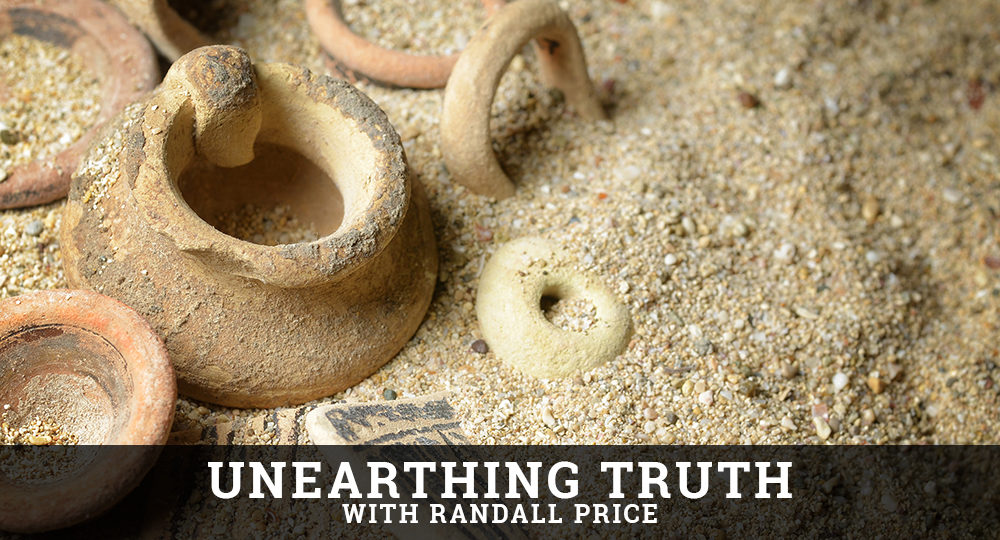


Two things I feel like I’ve known about since the day I was born are the Holocaust and the State of Israel. Some people feel these entities are unrelated...
Unless you’ve lived in a cave for the last four years, you probably know 2020 is an important presidential election year...
The air was cool, a hint of dampness pervading it. I stood huddled with my Jewish friends. In front of us lay a massive mound of gray ash...
I recently had a horrible dream. I was lost, very far from home, and nothing looked familiar. I felt anxious, afraid...
On a radio call-in show some years ago, a listener asserted the world “would be better off without Jews.” Another listener called in...
The suggestion provoked a small eruption. I made it some years ago at a family gathering of my grown children and their families...